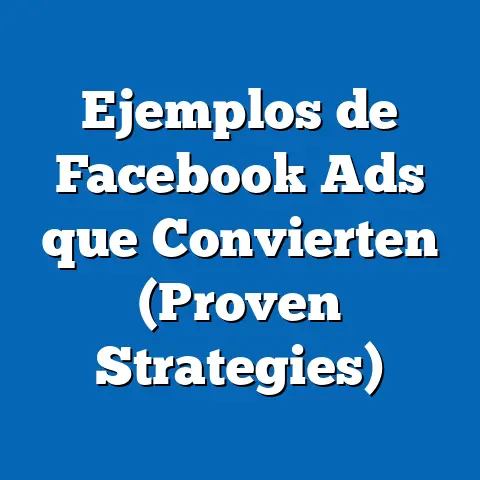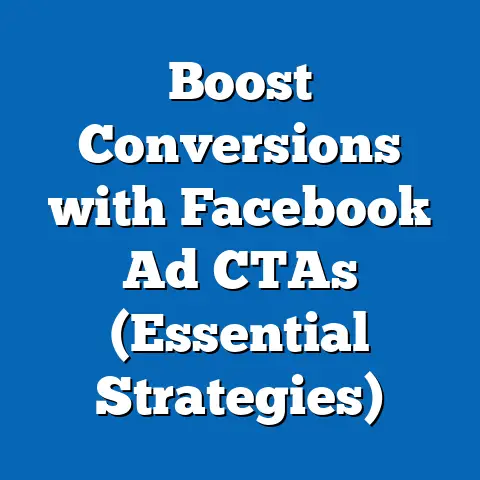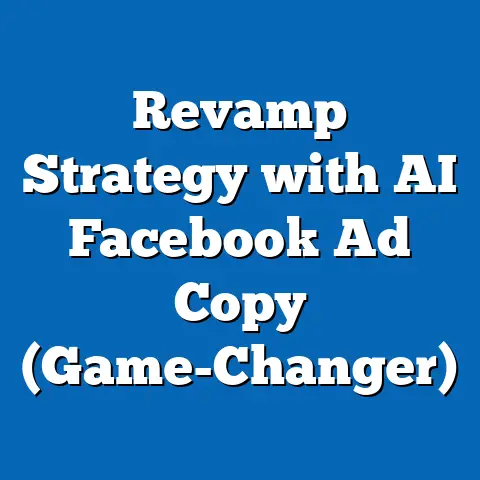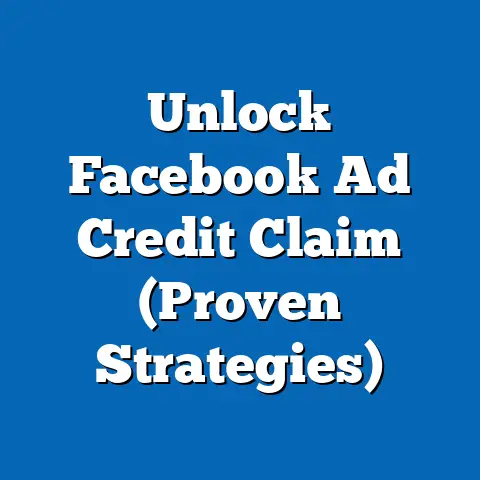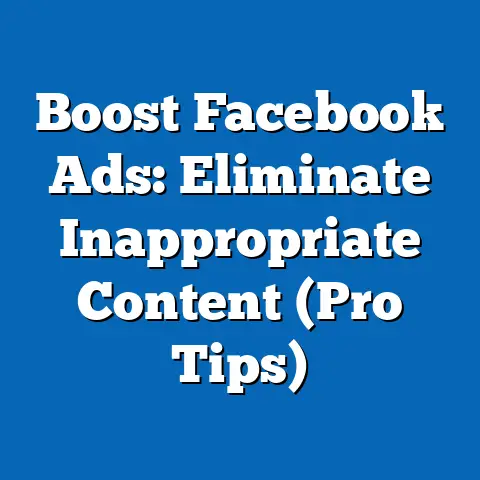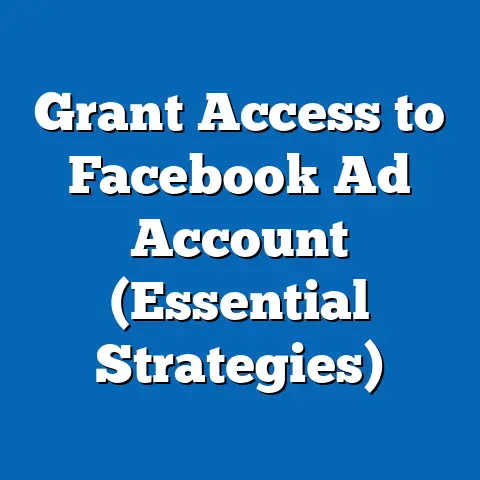Maximize Engagement with the Facebook App (Expert Tips)
In today’s digital age, the Facebook app isn’t just a platform for sharing memes and cat videos. It’s a powerful tool for connecting with communities, building relationships, and even boosting your mental well-being. Yes, you read that right! Engaging with friends, family, and like-minded individuals on Facebook can lead to enhanced mental health, stronger social connections, and a profound sense of belonging.
I remember when I first started using Facebook, it was primarily to keep in touch with friends from college. Over time, it evolved into something much more. I joined groups centered around my hobbies, connected with professionals in my field, and even found support communities during challenging times. It became a source of information, inspiration, and, most importantly, connection.
Studies have shown that social media, when used mindfully, can actually reduce feelings of loneliness and increase happiness through meaningful interactions. A study published in the Journal of Social and Clinical Psychology found that active engagement on social media, like commenting and sharing, was associated with lower levels of depression. It’s all about how we use the platform and the connections we cultivate.
But simply being on Facebook isn’t enough. To truly reap the benefits, we need to maximize our engagement in a healthy and productive way. That’s why I’ve put together these expert tips to help you not only boost your visibility and interaction but also contribute positively to your mental health. Let’s dive in!
Understanding Facebook Engagement Metrics
Before we jump into strategies, it’s crucial to understand the language of Facebook engagement. What exactly are we trying to improve? The answer lies in understanding key metrics. These metrics are the breadcrumbs that lead us to understanding what resonates with our audience and what falls flat.
Here’s a breakdown of the most important engagement metrics:
-
Likes (Reactions): These are the simplest form of engagement and indicate that someone appreciates your content. Facebook offers a range of reactions beyond the classic “Like” – Love, Haha, Wow, Sad, and Angry – which provide more nuanced feedback.
-
Comments: Comments represent a deeper level of engagement. They show that someone is willing to invest time and thought into responding to your post.
-
Shares: Shares indicate that someone found your content valuable enough to share with their own network. This expands your reach exponentially.
-
Clicks: Clicks measure how many people clicked on a link within your post, whether it’s a link to your website, a product page, or another Facebook post.
-
Reach: Reach refers to the number of unique individuals who saw your post. This is a critical metric for understanding the potential impact of your content.
-
Impressions: Impressions count the total number of times your post was displayed, regardless of whether it was clicked on. This metric can be higher than reach if the same person saw your post multiple times.
Likes (Reactions): These are the simplest form of engagement and indicate that someone appreciates your content. Facebook offers a range of reactions beyond the classic “Like” – Love, Haha, Wow, Sad, and Angry – which provide more nuanced feedback.
Comments: Comments represent a deeper level of engagement. They show that someone is willing to invest time and thought into responding to your post.
Shares: Shares indicate that someone found your content valuable enough to share with their own network. This expands your reach exponentially.
Clicks: Clicks measure how many people clicked on a link within your post, whether it’s a link to your website, a product page, or another Facebook post.
Reach: Reach refers to the number of unique individuals who saw your post. This is a critical metric for understanding the potential impact of your content.
Impressions: Impressions count the total number of times your post was displayed, regardless of whether it was clicked on. This metric can be higher than reach if the same person saw your post multiple times.
Why are these metrics important? Because they tell a story. They reveal what your audience cares about, what they find interesting, and what motivates them to interact. By tracking these metrics, you can refine your content strategy, improve your targeting, and ultimately, build a more engaged community.
Furthermore, the Facebook algorithm prioritizes content with high engagement. In other words, the more likes, comments, and shares your posts receive, the more likely they are to be shown to a wider audience. This creates a positive feedback loop: good engagement leads to greater visibility, which in turn, leads to even more engagement.
Takeaway: Understanding and tracking Facebook engagement metrics is essential for evaluating the effectiveness of your content and strategies. It’s the foundation upon which all successful Facebook engagement is built.
Crafting Compelling Content
Now that we understand the metrics, let’s talk about the secret sauce: compelling content. What kind of content grabs attention, sparks conversation, and encourages people to hit that “Like” button?
Here are some types of content that tend to perform well on Facebook:
-
Videos: Video content is king. People love watching videos, whether they’re short and funny, informative and educational, or heartwarming and emotional. According to HubSpot, video posts on Facebook generate 59% more engagement than other post types. I’ve personally seen this firsthand. When I started incorporating short, engaging videos into my Facebook strategy, my reach and engagement skyrocketed.
-
Images: High-quality, visually appealing images are also incredibly effective. Think about using bright colors, interesting compositions, and images that tell a story. Don’t just post a random stock photo; choose images that are relevant to your brand and resonate with your audience.
-
Live Streams: Live streams are a fantastic way to connect with your audience in real-time. They allow you to answer questions, share updates, and build a personal connection. I’ve seen businesses use live streams to host Q&A sessions, give behind-the-scenes tours, and even conduct product demos.
-
Stories: Facebook Stories are short, ephemeral content that disappears after 24 hours. They’re perfect for sharing quick updates, behind-the-scenes glimpses, and engaging with your audience in a more informal way.
Videos: Video content is king. People love watching videos, whether they’re short and funny, informative and educational, or heartwarming and emotional. According to HubSpot, video posts on Facebook generate 59% more engagement than other post types. I’ve personally seen this firsthand. When I started incorporating short, engaging videos into my Facebook strategy, my reach and engagement skyrocketed.
Images: High-quality, visually appealing images are also incredibly effective. Think about using bright colors, interesting compositions, and images that tell a story. Don’t just post a random stock photo; choose images that are relevant to your brand and resonate with your audience.
Live Streams: Live streams are a fantastic way to connect with your audience in real-time. They allow you to answer questions, share updates, and build a personal connection. I’ve seen businesses use live streams to host Q&A sessions, give behind-the-scenes tours, and even conduct product demos.
Stories: Facebook Stories are short, ephemeral content that disappears after 24 hours. They’re perfect for sharing quick updates, behind-the-scenes glimpses, and engaging with your audience in a more informal way.
But it’s not just about the format; it’s also about the message. Here are some tips for crafting compelling content:
-
Tell a Story: People are drawn to stories. Share your experiences, your challenges, and your successes. Be authentic and relatable.
-
Be Authentic: Don’t try to be someone you’re not. Be genuine and let your personality shine through.
-
Use Visuals Effectively: Choose visuals that are high-quality, relevant, and engaging. Use captions to provide context and encourage interaction.
-
Write Compelling Captions: Your captions should be concise, engaging, and relevant to your visuals. Use strong verbs and active voice. Ask questions to encourage comments.
-
Include a Call-to-Action: Tell people what you want them to do. Do you want them to like your post? Share it? Comment on it? Click on a link? Make it clear.
Tell a Story: People are drawn to stories. Share your experiences, your challenges, and your successes. Be authentic and relatable.
Be Authentic: Don’t try to be someone you’re not. Be genuine and let your personality shine through.
Use Visuals Effectively: Choose visuals that are high-quality, relevant, and engaging. Use captions to provide context and encourage interaction.
Write Compelling Captions: Your captions should be concise, engaging, and relevant to your visuals. Use strong verbs and active voice. Ask questions to encourage comments.
Include a Call-to-Action: Tell people what you want them to do. Do you want them to like your post? Share it? Comment on it? Click on a link? Make it clear.
Takeaway: Creating compelling content is all about understanding your audience, choosing the right format, and crafting a message that resonates. Don’t be afraid to experiment and see what works best for you.
Utilizing Facebook Groups
Facebook Groups are a hidden gem for building community and increasing engagement. They offer a space for people with shared interests to connect, share ideas, and support each other.
I’ve been a member of several Facebook Groups over the years, and I’ve found them to be incredibly valuable. I’ve learned new skills, made new friends, and even found business opportunities.
Here’s how you can utilize Facebook Groups to boost engagement:
-
Create Your Own Group: If you have a specific niche or interest, consider creating your own Facebook Group. This allows you to build a community around your brand or passion.
-
Join Relevant Groups: Find groups that are relevant to your interests or business. Engage in conversations, share your expertise, and build relationships with other members.
-
Facilitate Discussions: Ask questions, start polls, and encourage members to share their thoughts and experiences.
-
Encourage User-Generated Content: Encourage members to share their own content, such as photos, videos, and articles.
-
Maintain Active Participation: Be active in your group. Respond to comments, answer questions, and moderate discussions.
-
Offer Value: Provide value to your group members. Share helpful tips, resources, and exclusive content.
Create Your Own Group: If you have a specific niche or interest, consider creating your own Facebook Group. This allows you to build a community around your brand or passion.
Join Relevant Groups: Find groups that are relevant to your interests or business. Engage in conversations, share your expertise, and build relationships with other members.
Facilitate Discussions: Ask questions, start polls, and encourage members to share their thoughts and experiences.
Encourage User-Generated Content: Encourage members to share their own content, such as photos, videos, and articles.
Maintain Active Participation: Be active in your group. Respond to comments, answer questions, and moderate discussions.
Offer Value: Provide value to your group members. Share helpful tips, resources, and exclusive content.
One of the most successful Facebook Groups I’ve seen is run by a local photography studio. They created a group for amateur photographers in the area, where members can share their photos, ask for feedback, and participate in challenges. The group has become a thriving community, and it’s also a great source of leads for the studio.
Takeaway: Facebook Groups offer a powerful way to build community, increase engagement, and connect with your audience on a deeper level.
Timing and Frequency of Posts
Timing is everything, especially on Facebook. Posting at the wrong time can mean your content gets buried in the newsfeed, never to be seen again.
So, what’s the best time to post on Facebook? The answer depends on your audience.
Here are some general guidelines:
-
Weekdays: Engagement tends to be higher during the weekdays, as people are more likely to be checking Facebook during their breaks or after work.
-
Mid-Day: Mid-day hours (11 AM to 2 PM) often see higher engagement, as people are taking lunch breaks and scrolling through their newsfeeds.
-
Evenings: Evenings (6 PM to 9 PM) can also be a good time to post, as people are relaxing at home and catching up on social media.
Weekdays: Engagement tends to be higher during the weekdays, as people are more likely to be checking Facebook during their breaks or after work.
Mid-Day: Mid-day hours (11 AM to 2 PM) often see higher engagement, as people are taking lunch breaks and scrolling through their newsfeeds.
Evenings: Evenings (6 PM to 9 PM) can also be a good time to post, as people are relaxing at home and catching up on social media.
But the best way to determine the best time to post for your specific audience is to use Facebook Insights. Facebook Insights provides data on when your followers are most active. This information can help you optimize your posting schedule for maximum engagement.
In addition to timing, frequency is also important. You want to post often enough to stay visible, but not so often that you overwhelm your followers.
Here are some general guidelines:
-
Small Businesses: Small businesses should aim to post at least once a day, but no more than three times a day.
-
Large Businesses: Large businesses can post more frequently, but should still avoid overwhelming their followers.
-
Experiment: Experiment with different posting frequencies and see what works best for your audience.
Small Businesses: Small businesses should aim to post at least once a day, but no more than three times a day.
Large Businesses: Large businesses can post more frequently, but should still avoid overwhelming their followers.
Experiment: Experiment with different posting frequencies and see what works best for your audience.
Takeaway: Timing and frequency are crucial factors in maximizing engagement on Facebook. Use Facebook Insights to determine the best times to post for your audience, and experiment with different posting frequencies to find the sweet spot.
Leveraging Facebook Ads for Engagement
Facebook Ads aren’t just for driving sales; they can also be a powerful tool for enhancing engagement. By targeting specific demographics and interests, you can reach a wider audience and spark conversations around your brand.
I’ve seen businesses use Facebook Ads to:
-
Promote Engaging Content: Boost your most engaging posts to reach a wider audience.
-
Run Contests and Giveaways: Encourage people to like, comment, and share your posts by running contests and giveaways.
-
Create Interactive Polls: Ask questions and encourage people to vote in polls.
-
Offer Special Deals and Discounts: Attract new customers by offering special deals and discounts.
Promote Engaging Content: Boost your most engaging posts to reach a wider audience.
Run Contests and Giveaways: Encourage people to like, comment, and share your posts by running contests and giveaways.
Create Interactive Polls: Ask questions and encourage people to vote in polls.
Offer Special Deals and Discounts: Attract new customers by offering special deals and discounts.
The key to creating engaging Facebook Ads is to make them relevant and interesting to your target audience. Use compelling visuals, write engaging copy, and include a clear call-to-action.
For example, a local restaurant could run a Facebook Ad promoting their new menu item, featuring a mouthwatering photo and asking people to comment on their favorite dish. This would not only increase engagement but also drive traffic to their restaurant.
Takeaway: Facebook Ads can be a valuable tool for enhancing engagement, but it’s important to create ads that are relevant, interesting, and targeted to your audience.
Engaging with Your Audience
Finally, and perhaps most importantly, you need to actively engage with your audience. Don’t just post content and walk away. Respond to comments, answer questions, and participate in conversations.
Here are some tips for engaging with your audience:
-
Respond to Comments Promptly: Show your audience that you care by responding to their comments in a timely manner.
-
Ask Questions: Encourage conversation by asking questions in your posts.
-
Run Polls and Quizzes: Engage your audience with interactive polls and quizzes.
-
Go Live: Host live Q&A sessions, behind-the-scenes tours, and product demos.
-
Show Appreciation: Thank your followers for their support and engagement.
-
Use Feedback to Improve: Pay attention to what your audience is saying and use their feedback to improve your content and strategies.
Respond to Comments Promptly: Show your audience that you care by responding to their comments in a timely manner.
Ask Questions: Encourage conversation by asking questions in your posts.
Run Polls and Quizzes: Engage your audience with interactive polls and quizzes.
Go Live: Host live Q&A sessions, behind-the-scenes tours, and product demos.
Show Appreciation: Thank your followers for their support and engagement.
Use Feedback to Improve: Pay attention to what your audience is saying and use their feedback to improve your content and strategies.
I remember one time when I posted a question on my Facebook page asking my followers what kind of content they wanted to see more of. I was overwhelmed by the response. I received dozens of comments and messages with suggestions and ideas. I used this feedback to create new content that my audience loved, and my engagement skyrocketed.
Takeaway: Engaging with your audience is essential for building relationships, fostering community, and maximizing engagement on Facebook. Be responsive, be interactive, and be appreciative.
Conclusion
Maximizing engagement on the Facebook app is not only essential for business growth but also contributes to healthier social interactions and community building. By understanding engagement metrics, crafting compelling content, utilizing Facebook Groups, optimizing your timing and frequency, leveraging Facebook Ads, and actively engaging with your audience, you can create a thriving online presence that benefits both you and your followers.
Remember, engaging on Facebook is more than just a marketing strategy; it’s an opportunity to connect with others, build relationships, and foster a sense of belonging. So, start implementing these expert tips today, and reap the health benefits of engaging more fully with your online communities. You might be surprised at the positive impact it has on your mental well-being. Now, go out there and start connecting! What are you waiting for?

